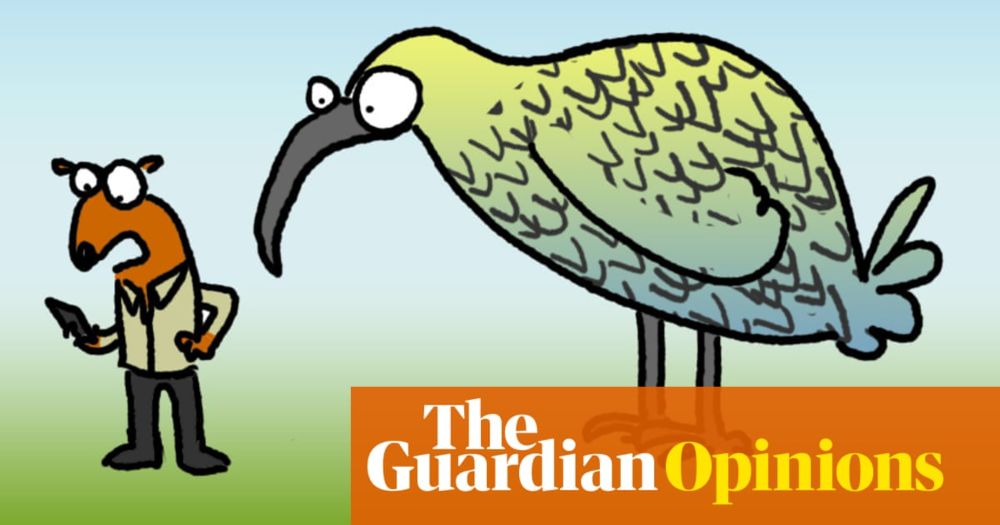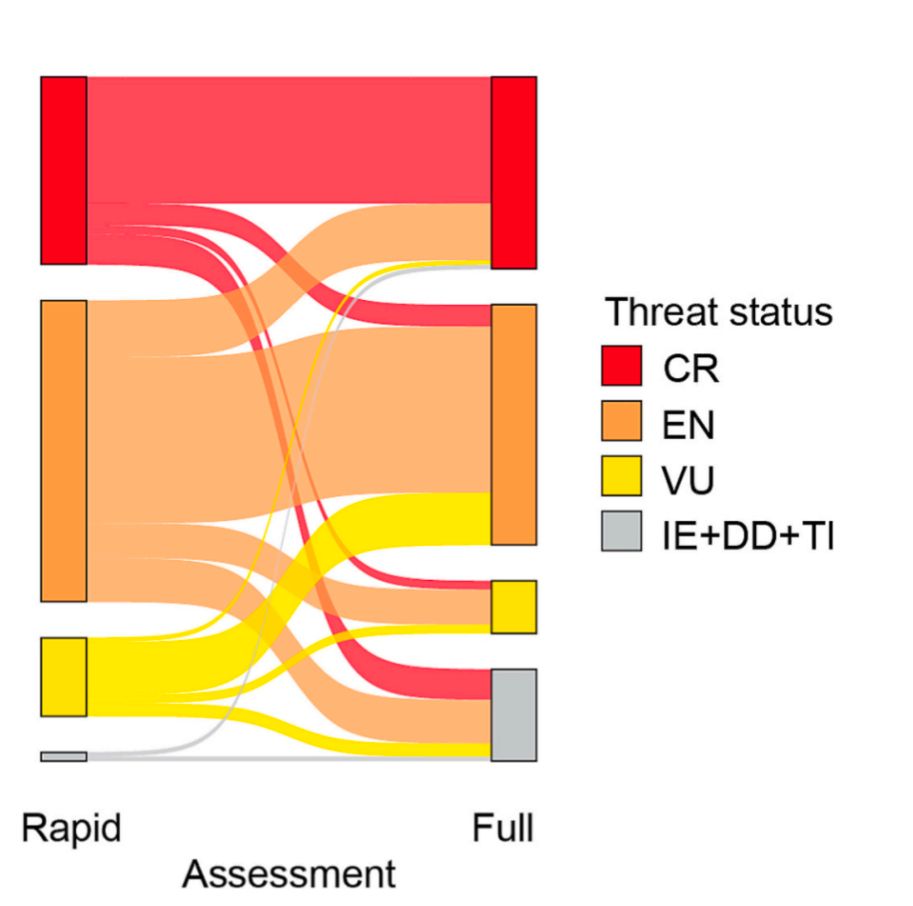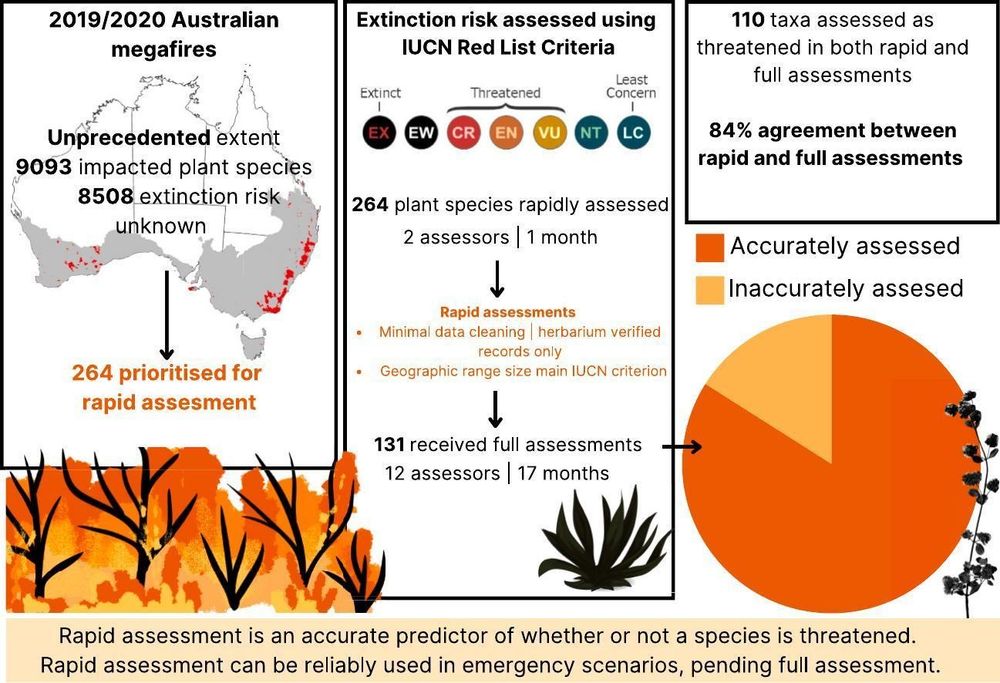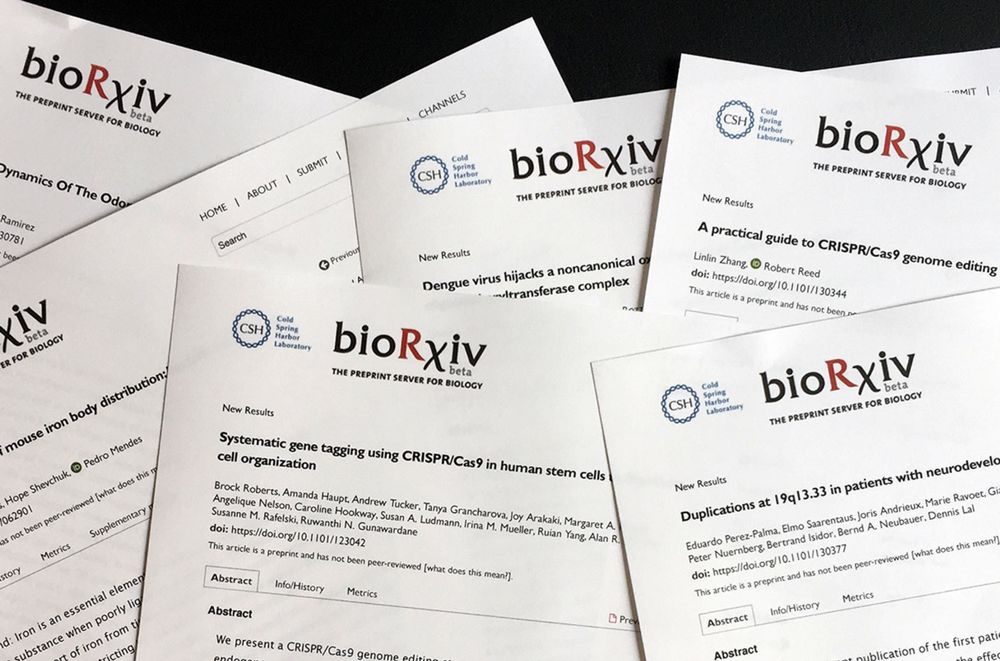Tom Le Breton
@tomlebreton.bsky.social
1.5K followers
650 following
17 posts
Postdoc working on fire management in threatened ecosystems and conservation of threatened plant species.
Centre for Ecosystem Science, UNSW and the Bushfire and Natural Hazards Research Centre
Posts
Media
Videos
Starter Packs
Reposted by Tom Le Breton
Reposted by Tom Le Breton
Reposted by Tom Le Breton
Reposted by Tom Le Breton
Reposted by Tom Le Breton
Reposted by Tom Le Breton
Yung En Chee
@yungenchee.bsky.social
· Jun 1

When nice isn’t working: Rethinking climate advocacy under a Labor government — campaign-republic.com
After Labor’s recent election win, many in the climate and environment space breathed a sigh of relief. The Coalition and its nuclear fantasy were resoundingly rejected. In its place, a government tha...
www.campaign-republic.com
Tom Le Breton
@tomlebreton.bsky.social
· May 12
Tom Le Breton
@tomlebreton.bsky.social
· Mar 11
Tom Le Breton
@tomlebreton.bsky.social
· Mar 11

Honeybee visitation and native plant pollination Australia
Honeybee visitation and native plant pollination Australia What insect pollinators are visiting flowers in your area? Are the pollinators European honeybees or are they something else? As varroa mite ...
www.inaturalist.org
Tom Le Breton
@tomlebreton.bsky.social
· Mar 11
Tom Le Breton
@tomlebreton.bsky.social
· Mar 11
Reposted by Tom Le Breton
Jess Marsh
@jessmarsh.bsky.social
· Dec 10

Around 9,000 species have already gone extinct in Australia and we’ll likely lose another this week – new study
A new study estimates there have been more than 9,000 Australian invertebrate extinctions since 1788. Only one has been officially listed.
theconversation.com
Reposted by Tom Le Breton
















